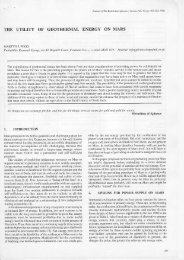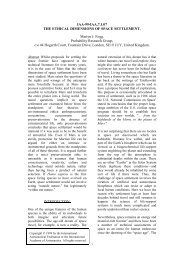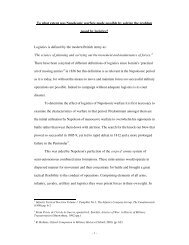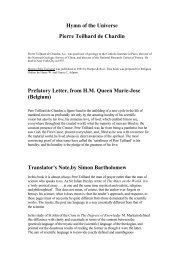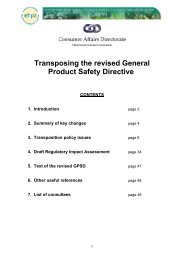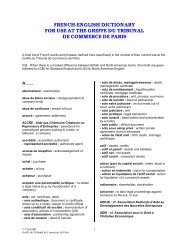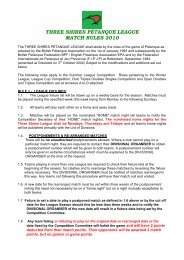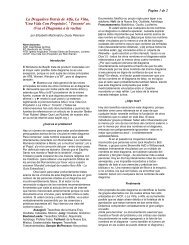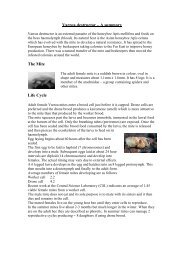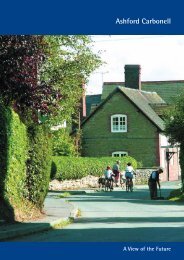Tibetan Herbal Medicine Core Curriculum [PDF]
Tibetan Herbal Medicine Core Curriculum [PDF]
Tibetan Herbal Medicine Core Curriculum [PDF]
You also want an ePaper? Increase the reach of your titles
YUMPU automatically turns print PDFs into web optimized ePapers that Google loves.
3. The Physician will be able to offer four areas of treatment to the patient:<br />
a) Advice on diet. The practitioner will advise the patient on diet according to each<br />
individual bodily constitution based on the nyes pa gsum 1 . All food and drink counselled<br />
should be based on the six primary tastes generated by the five elements and the three<br />
post-digestive effects. Advice is given to the patient on how to avoid incompatible foods<br />
and to consume food and drink in the right quantities.<br />
b) Advice on conduct. The practitioner will advise the patient on the ways in which one<br />
can live more healthily and to improve life expectancy. (S)he will also know the positive<br />
and negative influences exerted by being at odds or in harmony with family and society<br />
or with one's own or the more widely recognised moral values and will assess how, if at<br />
all, a patient can be tactfully and skilfully counselled so as to reduce the stress and illness<br />
that past and present behaviour may be causing.<br />
The practitioner should advise the patient on seasonal conduct and the relationship<br />
between the five internal elements and the five external elements, advising on correct<br />
behaviour according to the four seasons. The practitioner should advise on "occasional<br />
conduct" and the thirteen natural functions of the body, which should neither be overused<br />
or suppressed.<br />
c) Prescription of medicines. The practitioner has to take ten factors into consideration<br />
before prescribing medicine –<br />
1) analysis of which of the seven bodily constituents and three eliminating functions<br />
are affected<br />
2) geographic factors<br />
3) seasonal factors<br />
4) bodily constitution<br />
5) factors relating to age<br />
6) condition of the disease<br />
7) location of the disease<br />
8) metabolism of the patient<br />
9) strength of the patient<br />
10) eating habits of the patient<br />
The practitioner has to identify and know the taste, potency and post-digestive effect<br />
of each individual medicine and their ingredients in order for the medicine to be<br />
correctly prescribed.<br />
d) Other treatments, such as massage, herbal baths, application of warm herbal packs to<br />
critical points on the body etc., as outlined in the fourth section of the Fourfold Treatise<br />
(see below) and as appropriate according to the regulations on such treatments in place<br />
nationally.<br />
1<br />
This term refers to one of the fundamental principles of TTM, a field of study that is both vast and subtle. As<br />
there is nothing resembling this in modern allopathic medicine, it is impossible to find an adequate English<br />
translation and the westernised transcription of the <strong>Tibetan</strong> has been given here. A very approximate translation could<br />
give "agents" when they are in their healthy, unaltered state and pathologia when they have altered. (see OED) .<br />
67


![Tibetan Herbal Medicine Core Curriculum [PDF]](https://img.yumpu.com/32594566/3/500x640/tibetan-herbal-medicine-core-curriculum-pdf.jpg)
